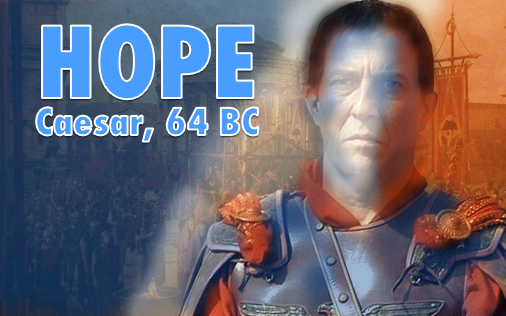
Roman for Consul Political Campaign Video Project
Introduction
Sonatus Populusque Romanus: The Senate and the People of Rome! By the 2nd century BCE, any Roman citizen could work his way up the ranks of the government to become Consul -- one of the two annually elected officials that jointly ruled the Republic. In order to get elected, the Consuls-elect had to create a campaign that appealed to patrician and plebeian alike.
Assignment
In your study groups, you will create a modern campaign video that uses modern political tactics in order to sway the voters to choosing you over your political opponents. Your video must fit the following requirements
• Video must be 1--2 minutes in length
• Video must use modern campaign tactics (see the list and examples below)
•Video must highlight the electable qualities of your candidate and use mudslinging to
defame the opposition candidate
• Costuming and filming locations must -- as much as possible -- look Romanesque (avoid
modern stuff!... cars, houses, etc.)
• Video must be appropriate for school and YouTube display
• Video must involve everyone in your study group (either acting, filming, editing, or
writing the script)
Your video has to focus upon the following figures for your study group (the name that is in color is the person that you will be trying to elect):
Gaius Gracchus vs. Lucius Opimius
Lucius Conelius Sulla vs. Gaius Marius
Gnaeus Pompeius, “Pompey the Great” vs. Marcus Licinius Crassus
Marcus Licinius Crassus vs. Gnaeus Pompeius, “Pompey the Great”
Marcus Tullius Cicero vs. Lucius Sergius Catilina
Julius Caesar vs. Marcus Porcius Cato, “Cato the Younger” (although not running for Consul, he was a major political opponent to Caesar)
How to Make a Campaign Video
See the lists and links below for ideas on how to complete your campaign video, and be sure to ask your instructor for any help that you need with filming or editing:
• Click here to see an example campaign film
• Modern Political Campaigns use the following tactics of Propaganda:
Assertion -- common sense, general knowledge
Bandwagon -- appeal to follow the crowd, victory is inevitable
Card Stacking -- only presenting positives, omitting anything negative or contrary
Glittering Generalities -- simple words that demand approval without thinking (Ex: “freedom,”
“love of country,” “honor,” “democracy,” “united we stand”)
Pinpointing the Enemy -- targeting a specific group
Plain Folks -- ideas presented are the ideas of the common man (easy to relate to)
